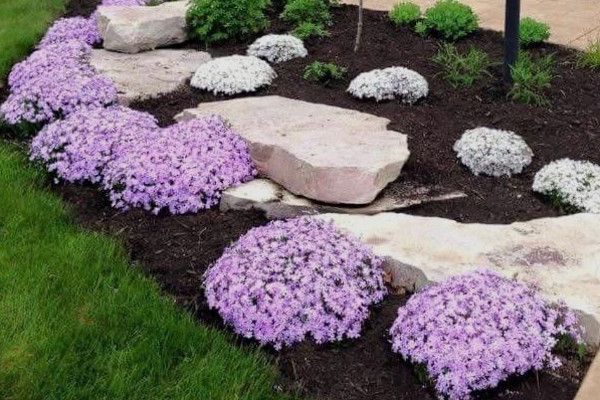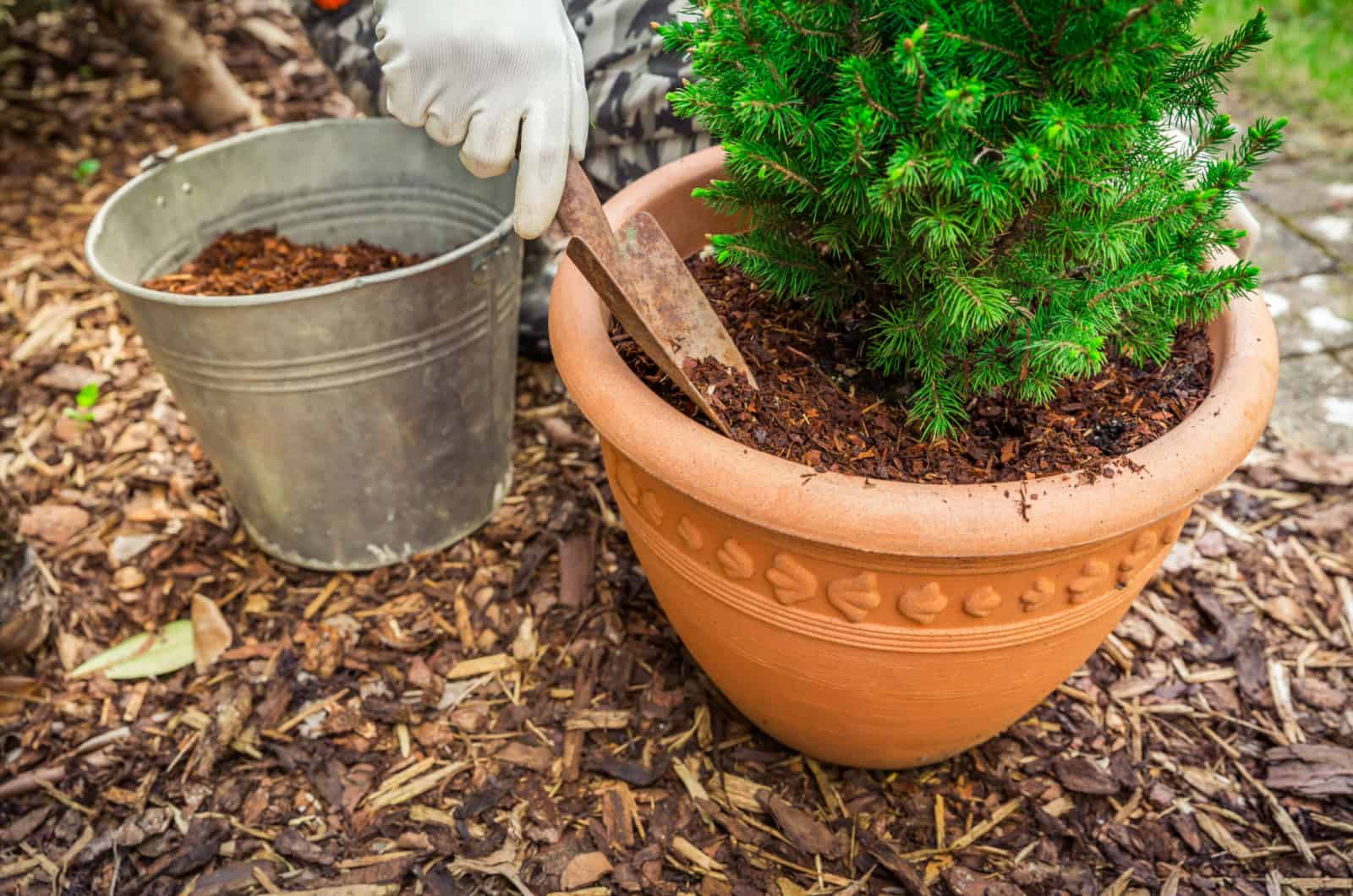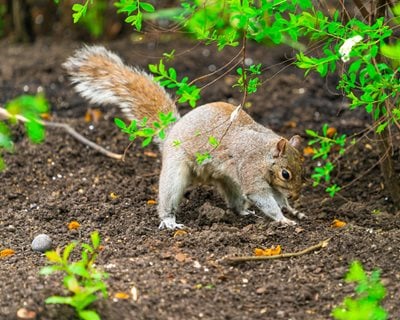How To Use Mulch To Give Your Flowers Flower Power
Flowers are a beautiful addition to any garden, but they can be a lot of work to keep healthy. One way to make your flower gardening easier and more rewarding is to use mulch. Mulch is a layer of organic material that is spread around plants to help improve the soil, conserve water, and suppress weeds.
There are many different types of mulch that you can use, but some of the most popular choices for flower gardens include:
- Wood chips
- Bark mulch
- Shredded leaves
- Compost
- Straw
When choosing a mulch for your flower garden, it is important to consider the size of your plants, the type of soil you have, and the climate in your area. For example, if you have small plants, you will want to use a mulch that is not too coarse, such as shredded leaves or compost. If you have clay soil, you will want to use a mulch that helps to improve drainage, such as wood chips or bark mulch. And if you live in a hot, dry climate, you will want to use a mulch that helps to retain moisture, such as straw or pine needles.
Once you have chosen a mulch, you can spread it around your plants in a layer that is 2-4 inches thick. Be sure to keep the mulch away from the stems of your plants, as this can encourage rot.
Mulching your flower garden can provide a number of benefits, including:
- Improved soil health: Mulch helps to improve the structure of the soil, making it more porous and easier for water and air to penetrate. This can help to promote root growth and nutrient uptake.
- Water conservation: Mulch helps to reduce evaporation, which can help your plants to retain moisture. This can be especially beneficial during hot, dry weather.
- Weed suppression: Mulch helps to suppress weeds by blocking out sunlight and creating a barrier between the soil and the air. This can help to reduce the amount of time you spend weeding your garden.
- Pest and disease control: Mulch can help to deter pests and diseases by creating a barrier between your plants and potential invaders.
Mulching is a simple and effective way to improve the health and appearance of your flower garden. By following these simple tips, you can give your flowers the flower power they need to thrive.
Are you looking for a way to improve the health and appearance of your flower beds? Mulch is a great way to do that! It helps to retain moisture, suppress weeds, and protect your plants from the elements.
If you're interested in learning more about mulch and how to use it, visit Home Gardening. Our website has a wealth of information on all things mulch, including:
- The different types of mulch available
- How to choose the right mulch for your plants
- How to apply mulch correctly
- The benefits of mulching
We also have a blog where we share tips and advice on gardening, including how to use mulch to improve the health and appearance of your flower beds.
So what are you waiting for? Visit Home Gardening today to learn more about mulch flower power!
FAQ of mulch flower power
What is mulch flower power?
Mulch flower power is the practice of using mulch around flowering plants to help them thrive. Mulch helps to conserve moisture, suppress weeds, and improve soil health, all of which can contribute to better flowering.
What are the benefits of using mulch around flowering plants?
- Mulch helps to conserve moisture. This is especially important in hot, dry climates, where flowers can quickly dry out. Mulch creates a barrier between the soil and the sun, which helps to slow down evaporation.
- Mulch suppresses weeds. Weeds compete with flowers for water, nutrients, and sunlight. Mulch can help to choke out weeds, giving your flowers a better chance to thrive.
- Mulch improves soil health. Mulch breaks down over time and adds organic matter to the soil. This helps to improve drainage, aeration, and water retention, all of which are essential for healthy plant growth.
- Mulch can help to protect flowers from pests and diseases. Mulch can help to create a barrier between flowers and pests, such as slugs and snails. It can also help to reduce the spread of diseases, such as powdery mildew.
What type of mulch is best for flowering plants?
The best type of mulch for flowering plants will vary depending on the climate and the type of flowers you are growing. In general, organic mulches, such as wood chips, bark, and leaves, are a good choice for flowering plants. These mulches break down over time and add nutrients to the soil. They also help to retain moisture and suppress weeds.
How much mulch should I use around flowering plants?
The amount of mulch you need to use will depend on the size of the plants and the type of mulch you are using. In general, you should apply a layer of mulch that is 2-3 inches thick around flowering plants.
How often should I add mulch around flowering plants?
You will need to add more mulch as it breaks down and decomposes. The frequency with which you need to add more mulch will depend on the type of mulch you are using and the climate. In general, you should add more mulch every few months.
What are some tips for using mulch around flowering plants?
- When applying mulch, be sure to keep it away from the stems of the plants. This will help to prevent the stems from rotting.
- If you are using wood chips or bark mulch, be sure to wet it down before applying it. This will help to prevent it from blowing away.
- Mulch can attract insects, so be sure to check your plants regularly for pests.
- Mulch can also harbor diseases, so be sure to remove any dead or diseased plant material from the area.
Image of mulch flower power
10 different images of mulch flower power that are free to use:
- Mulch around a flower bed with colorful flowers.

- A pile of wood chips mulch next to a flower garden.
- A layer of mulch covering the soil around a group of roses.

- A gardener spreading mulch around a tree.

- A close-up of a flower blooming in a bed of mulch.
- A potted plant with a layer of mulch around it.

- A bird sitting on a branch of a tree surrounded by mulch.
- A squirrel running through a bed of mulch.

- A butterfly landing on a flower in a bed of mulch.

- A rainbow of flowers blooming in a bed of mulch.

Post a Comment for "How To Use Mulch To Give Your Flowers Flower Power"